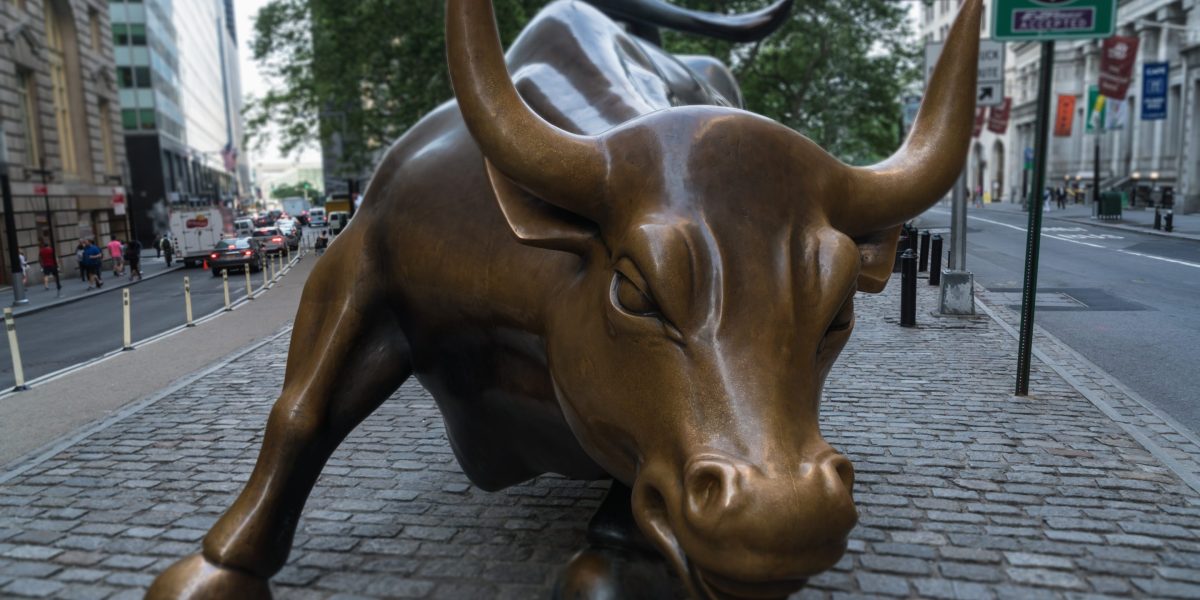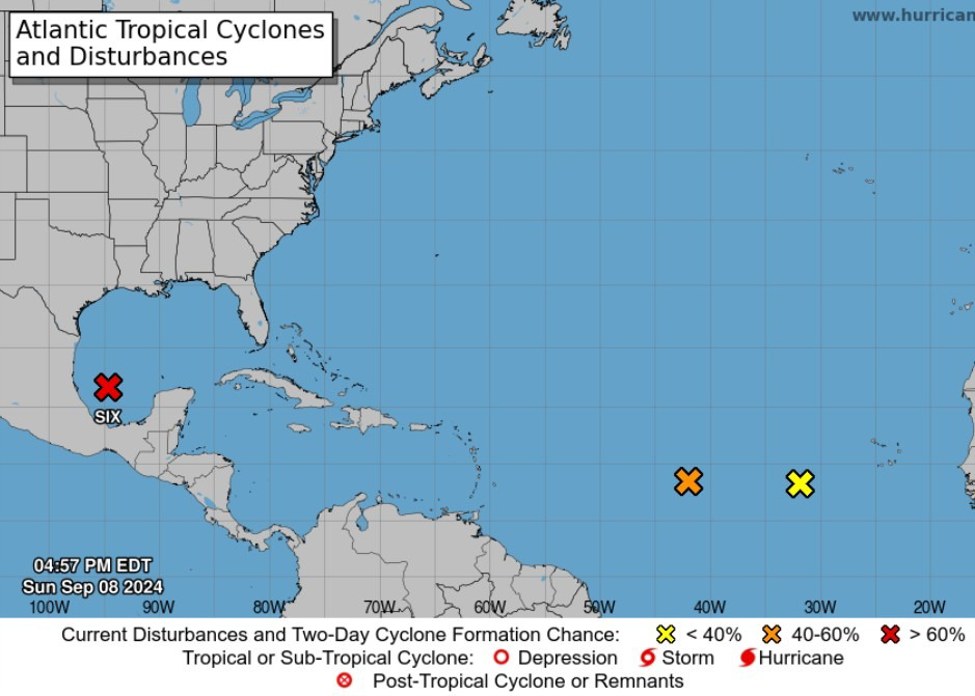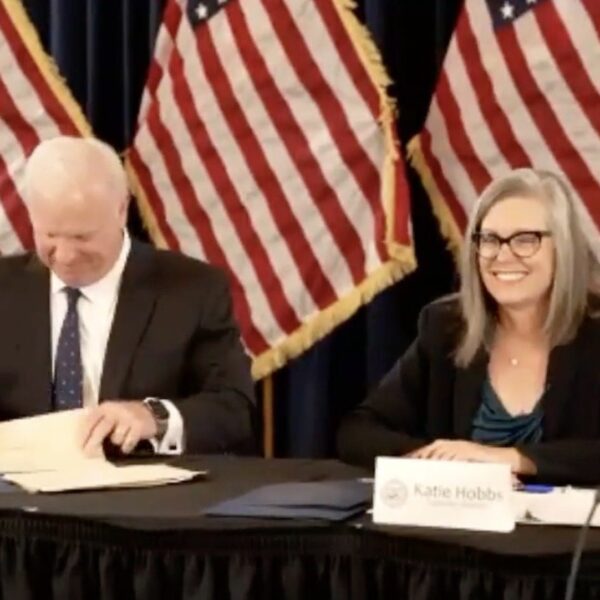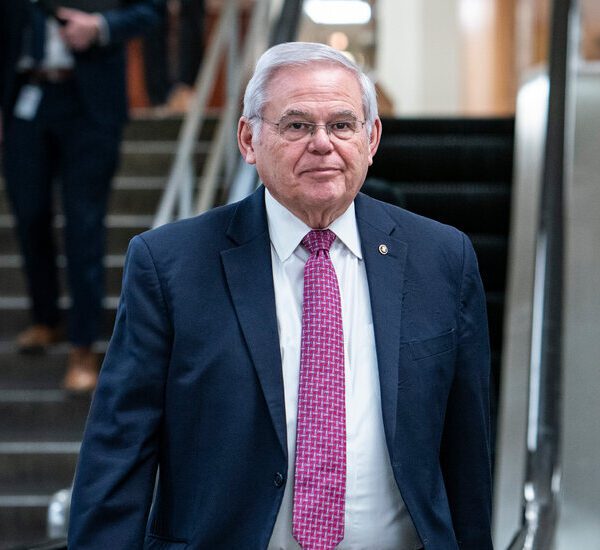

The dog days of summer are usually bad months for the stock market, and that is playing out this year.
Early last month saw stocks tumble as U.S. economic data raised fears of a recession, and the yen carry trade unwound. And as September began, the S&P 500 had its worst week in a year and a half.
But on the flip side, that sets up the final months of the year as a time that has traditionally seen big rebounds.
According to Bespoke Investment Group, October has historically been the month where the biggest stock market surges have begun.
“This should make sense intuitively given that August and September have historically been weak months and the market has always eventually bounced back from sell-offs,” according to a note on Friday.
By its tally, there have been 61 rallies of 10% or more since World War II, and 19 of them started in October. That’s a third of the total and well above any other month. March has 10 while all the other months are in the low- to mid-single digits.
Similarly, Ned Davis Research said the stock market is likely to stage a “persistent ascent” that will be supported by seasonal trends in the fourth quarter. Namely, October through December is typically the year’s strong three-month period.
December is also when the so-called Santa Claus rally takes place as seasonal cheer, optimism about the year ahead, a slow news cycle, and thin trading volumes often translate to rising stocks.
So far, several key market fundamentals have held up. While job growth has slowed, economists point to low unemployment claims, robust corporate earnings, strong GDP readings and estimates, upbeat retail sales, and rising wages.
Jay Hatfield, CEO at Infrastructure Capital Advisors, said in a note Friday that the latest jobs report is still consistent with a growing economy and validates his S&P 500 target of 6,000, which implies 11% upside.
That assumes the November election will result in divided government with neither a Democratic nor Republican sweep. He also thinks that not only will the economy avoid a recession, it won’t slow toward a soft landing.
“We continue to believe that there will be no landing in the US economy as the bond market has already cut rates for the Fed with the 10-year treasury declining by over 100 basis points,” he predicted.
That contrasts with more bearish voices on Wall Street like Citi Research chief U.S. economist Andrew Hollenhorst, who warned that the recent payroll data are signaling a recession is on the way.
In particular, he pointed to the three-month moving average of private-sector job gains dipping below 100,000.
“The takeaway from the range of labor market data is clear – the job market is cooling in a classic pattern that precedes recession,” he wrote.
In our new special issue, a Wall Street legend gets a radical makeover, a tale of crypto iniquity, misbehaving poultry royalty, and more.
Read the stories.














